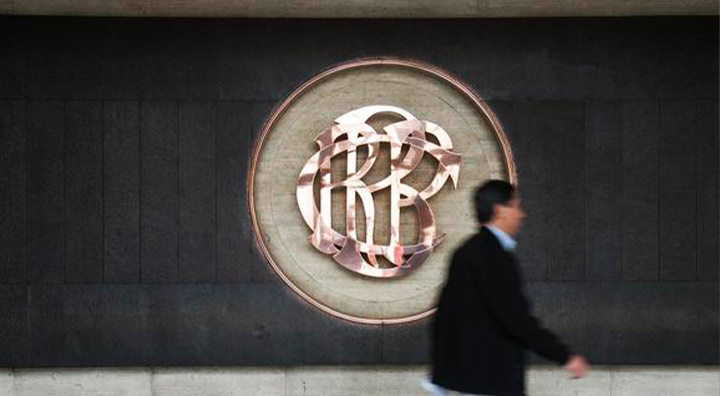
The RINs for the first month of 2023 are lower than those accumulated at the end of the previous year. Likewise, the exchange position was US$52,467.
The Net International Reserves (RIN) accumulated, as of January 30, 2023, US$74,284 million, according to the latest Weekly Information Summary of the Central Reserve Bank of Peru (BCRP). In addition, the exchange position was located at US$52,467.
For its part, 2022 closed with a collection of US$71,883, which is why it was US$2,401 million higher than the last reported figure. While the exchange position at the end of last year was US$52,040, a figure slightly lower by US$425 than this year. It should be noted that by January 25, US$74,526 had agglomerated.
The RHINE They are managed by the BCRP and are made up of liquid international assets and liabilities. Your current level is equivalent to 30% of the gross domestic product (GDP) of Peru.
What are the net International Reserves?
The RIN guarantee the availability of foreign currency for extraordinary situations, which could occur due to external shocks or eventual significant withdrawals of deposits in foreign currency, as well as a subsequent flight of capital from the Peruvian financial system, according to the BCRP.
Thus, they seek to provide an adequate availability of foreign currency to reduce the country’s risk, improve credit ratings, and provide opportunities for Peruvian companies to obtain foreign credit. Finally, they also contribute to the expansion of foreign investment in the country.
How is the exchange position constituted?
It is made up of BCRP assets that do not have third-party obligations as a counterpart. In this way, it is the part that can be diversified into gold and different currencies. Thus, the exchange position is the difference between the assets and liabilities in foreign currency of the Central Reserve Bank, both international and with residents.
How are the Net International Reserves constituted?
Article 72 of its Organic Law states that the RIN are made up of:
- Gold and silver holdings.
- Foreign banknotes and coins generally accepted as means of international payment.
- Currency deposits on demand or for periods not exceeding 90 days in banks.
- Currency deposit certificates for periods not exceeding 90 days or issued by banks.
- Liquid first-class titles or securities issued by international organizations or foreign public entities.
- Accredited bank acceptances for terms not exceeding 90 days.
- Special drawing rights.
- Debit balance of the accounts originated in the reciprocal credit agreements with similar entities.
- Contributions in gold, foreign currency and Special Drawing Rights to international monetary organizations.
Source: Larepublica
Alia is a professional author and journalist, working at 247 news agency. She writes on various topics from economy news to general interest pieces, providing readers with relevant and informative content. With years of experience, she brings a unique perspective and in-depth analysis to her work.












